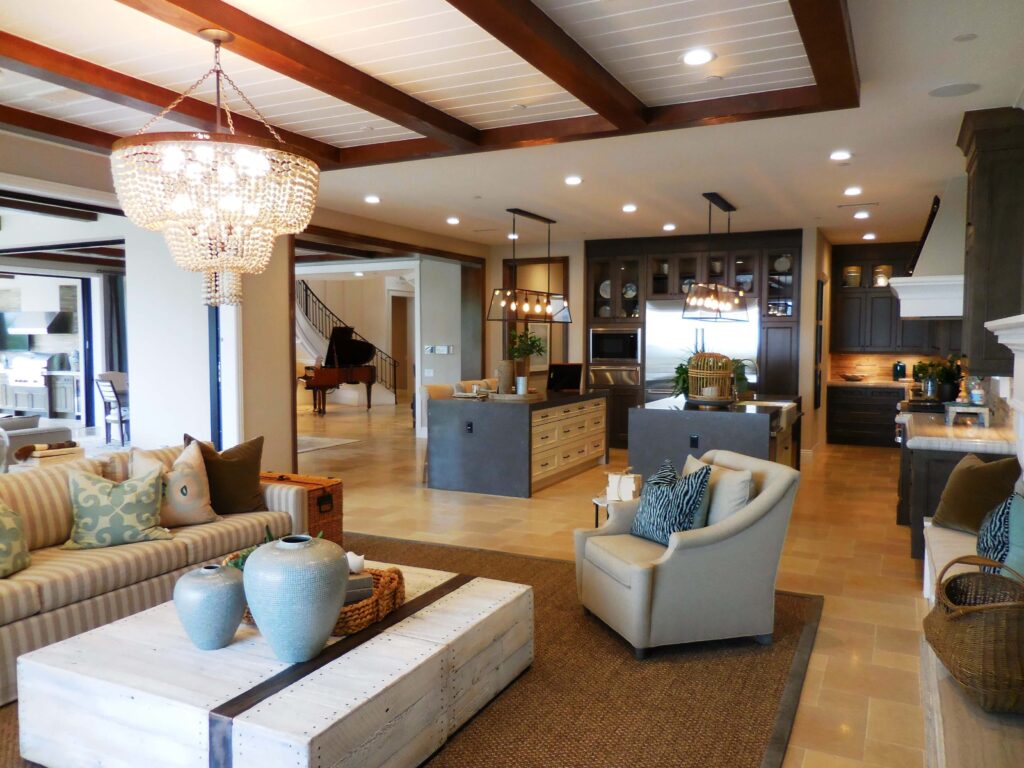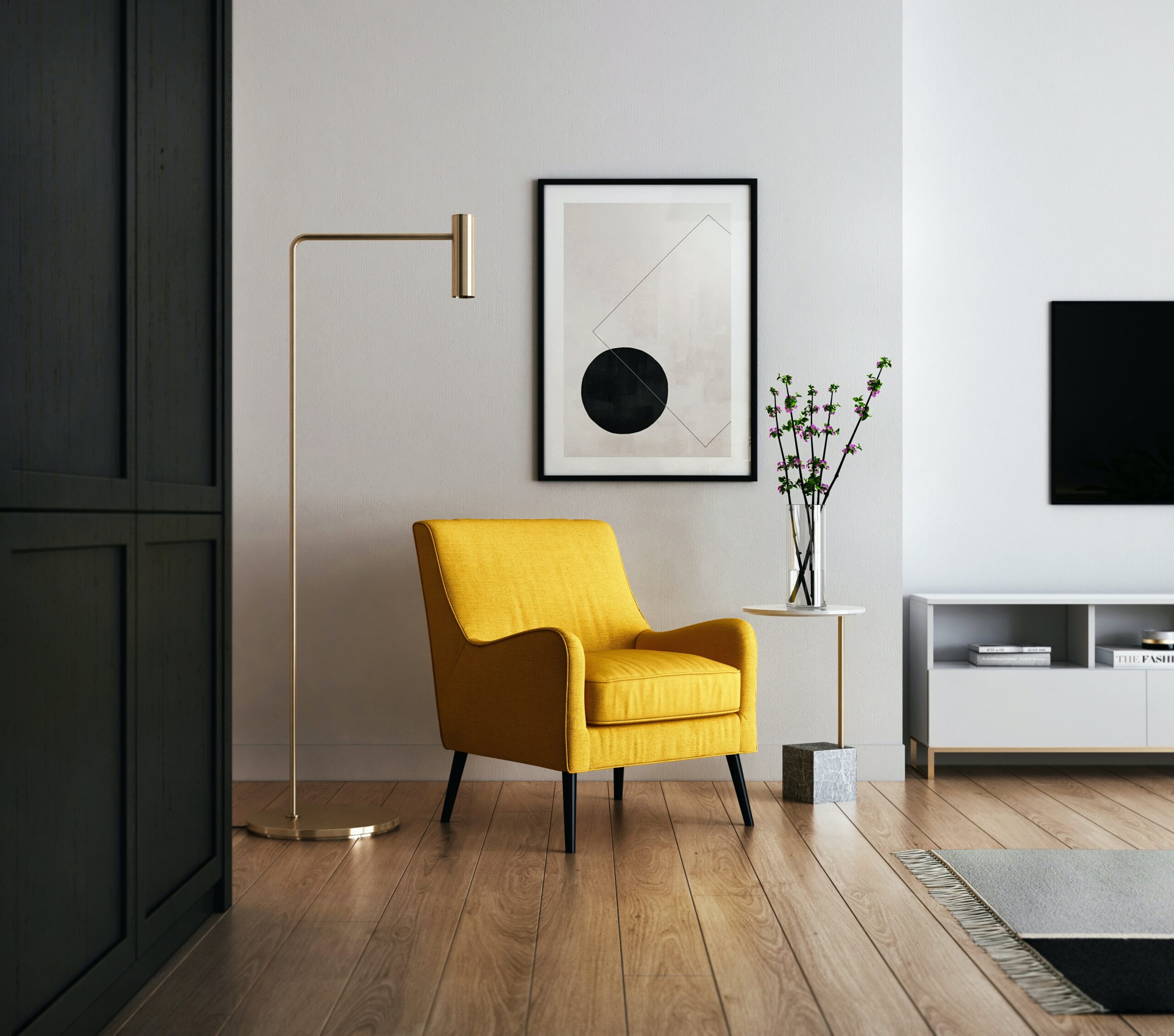The minimum budget for interior design can vary widely depending on several factors, including the size of the space, the level of customization, the choice of materials, and the location. Interior design budgets can range from modest to high-end, and the minimum budget is influenced by the scope of the project and the specific goals you want to achieve. Here are some general guidelines:
- Basic Interior Design:
- For small projects or basic interior design services, such as selecting paint colors, arranging existing furniture, and making simple decor updates, the budget could start as low as a few hundred dollars.
- Online Design Services:
- Some online design platforms offer budget-friendly design services. These services typically provide virtual consultations, mood boards, and design suggestions at more affordable rates compared to full-service interior design. Costs may start around $100 to $500 or more, depending on the platform and level of service.
- DIY with Consultation:
- If you prefer a more hands-on approach, you can hire an interior design consultant for a few hours to provide guidance and advice. This can be a cost-effective way to get professional insights without a full-scale design service. Consultation fees may range from $50 to $200 or more per hour.
- Budget-Friendly Decor Updates:
- If your primary focus is on decor updates and small changes, you can allocate a budget for items such as new accessories, throw pillows, artwork, or inexpensive furniture. A budget of a few hundred to a couple of thousand dollars may be sufficient for these types of projects.
It’s important to note that these are general estimates, and actual minimum budgets can vary based on your specific circumstances and design goals. Additionally, costs can vary depending on your location and the pricing structure of the designer or service you choose.
When working with a limited budget, consider the following tips:
- Prioritize Spending: Focus on the most impactful changes that align with your budget.
- DIY Where Possible: Undertake simple DIY projects to save on labor costs.
- Shop Secondhand: Explore thrift stores and online marketplaces for budget-friendly furniture and decor.
- Use Affordable Materials: Choose cost-effective materials and finishes that mimic more expensive options.
- Optimize Existing Furniture: Repurpose and update existing furniture to reduce the need for new purchases.
Remember to communicate openly with your designer or consultant about your budget constraints. They can help you make informed decisions and find creative solutions that achieve a refreshed and stylish look within your budget.

